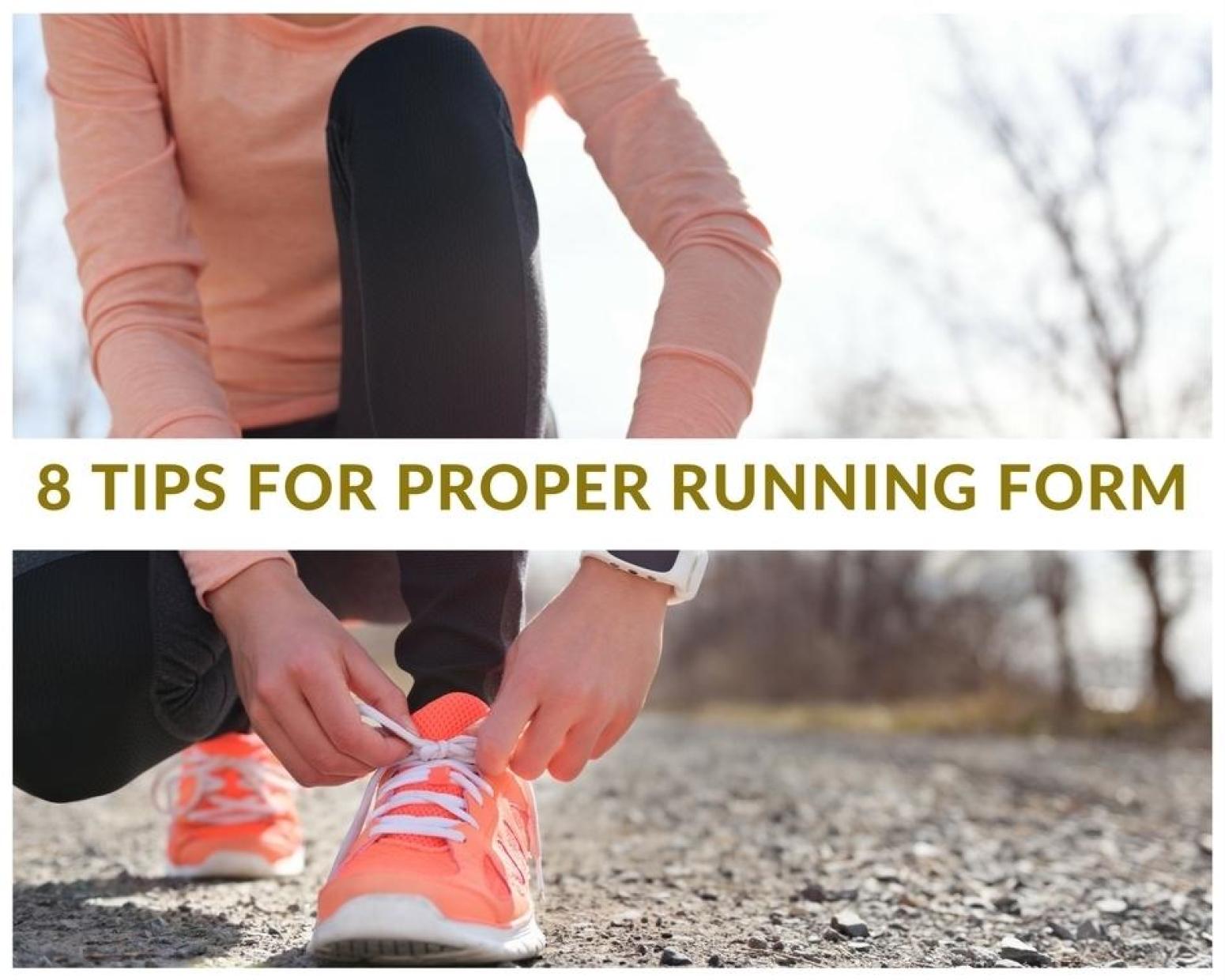For most of the country, summer is the perfect time to get out and go for an early morning run. If you live somewhere hot, you may be more inclined to hit up a treadmill than going outside. Regardless, running is quick, efficient, and can help you feel more confident in your summer clothes. Making sure you focus on your form will help keep you active all summer instead of sidelined by an injury!
Eyes
While it’s tempting to look down at your feet, especially if on the treadmill, you should keep your eyes up and forward. Looking down may mean you are leaning forward, increasing the load on your lower back. Keeping your eyes up may help you enjoy and be more aware of your surroundings, this is especially important if to avoid the heat, you are going for a super early morning run when it might not be light out yet.
Jaw
Keep your jaw relaxed and slightly open, sort of like when you are sleeping. A relaxed jaw will help promote breathing through your nose and will increase oxygen delivery.
Hands
Try not to clench your hands into a fist, instead keep them slightly cupped. It may help to imagine holding a potato chip between your first finger and thumb. You don’t want to be wasting energy by making a fist.
Shoulders
You don’t want to be expending too much energy on those shoulders either. Consistently remind yourself to drop and relax those shoulders.
Posture
It’s typical for runners to hunch forward, but holding your torso upright instead of bending at the waist is important. Good posture ensures efficient oxygen delivery, blood flow, and optimal functioning of your leg muscles!
Ankles
Your ankles should be leaning forward, not your waist. It’s a good idea to work on ankle mobility daily, especially right before a run!
Foot Strike
Research is NOT conclusive on what part of your foot should strike the ground first: forefoot, midfoot or heel. Moreover, trying to change your pattern may increase your risk of injury. If anything, you can try increasing cadence (stride length) which is associated with a decreased risk of injury.
If you are unsure what your natural form is, it may be worthwhile to get a gait analysis, so you know what is typical for you! Among other things, a gait analysis analyzes how your foot and shoes hit the ground while running.
Mind
Remember, your body was designed to run, have confidence in your natural abilities. Also, look forward to the post-run endorphin rush coming your way soon!
